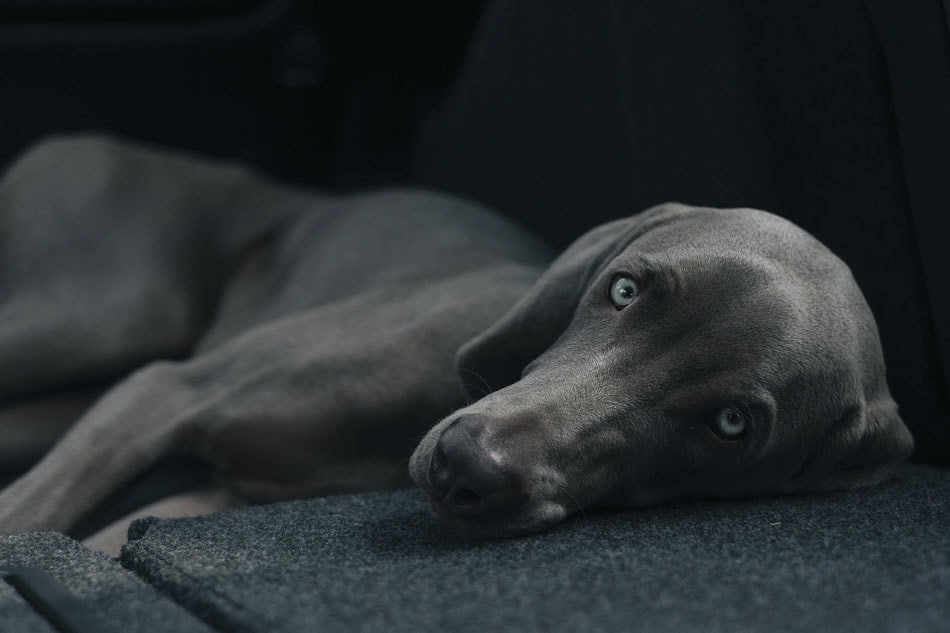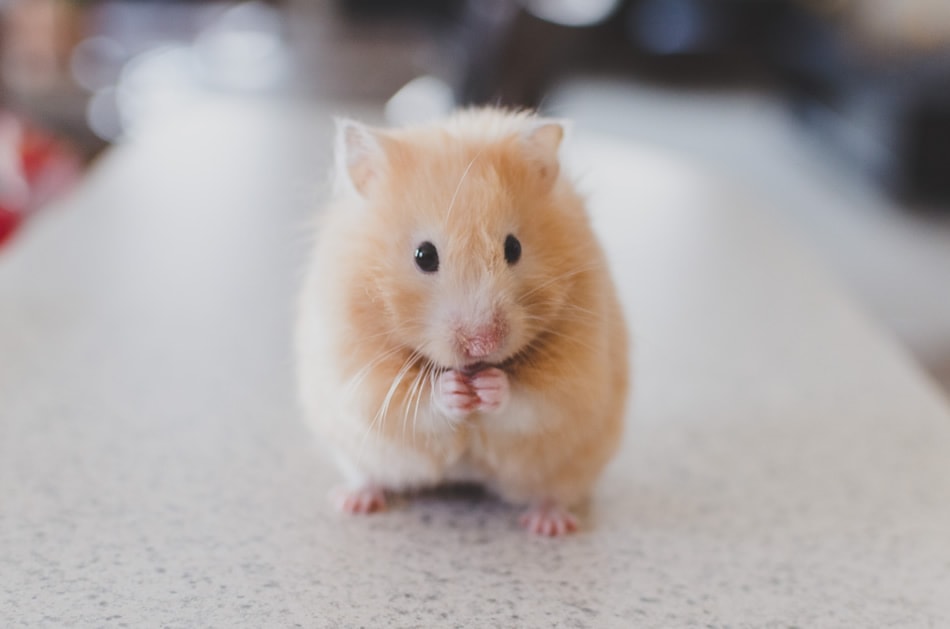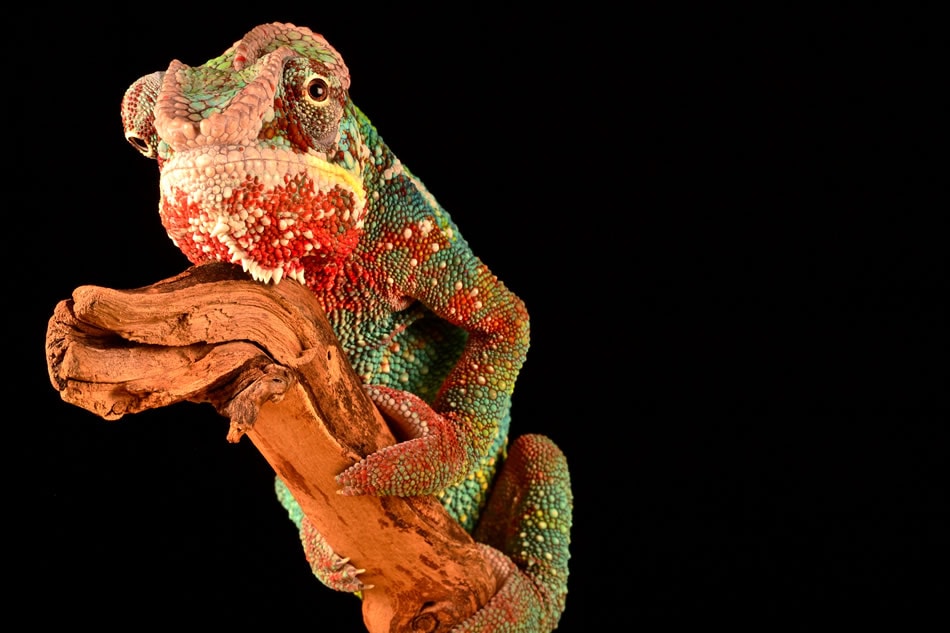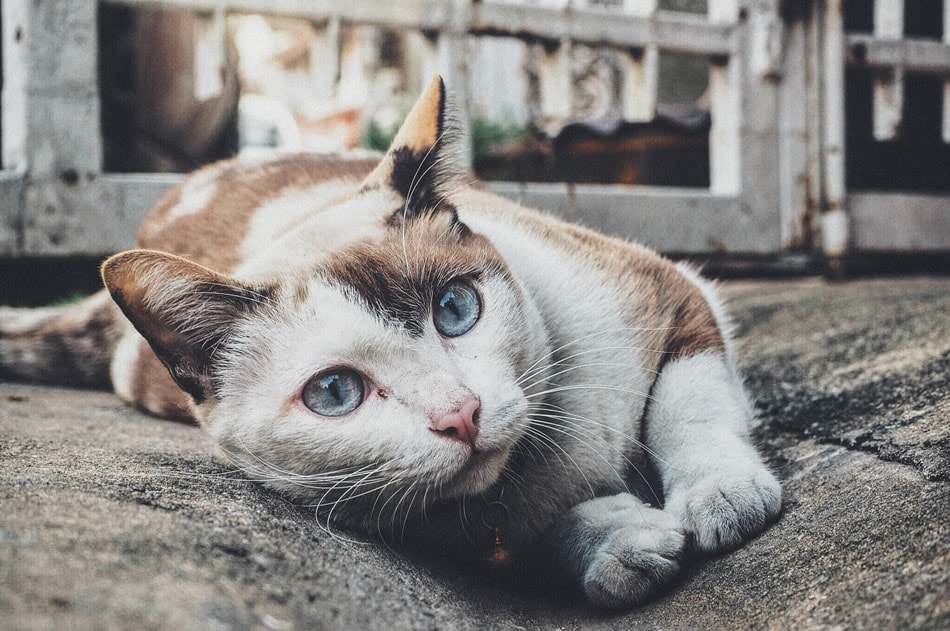Pet Photography 101: An Introduction
Pets are often considered family members. They share special moments with us, and we treat them like our children or loved ones. We celebrate their birthdays and rejoice whenever they achieve a milestone. We take their photos and post them on Facebook and Instagram.
However, taking photos of our pets is not an easy task. Getting them to play, eat and sleep beside you is easier that making them pose for the camera. This is understandable, of course, because our pets do not really understand what we are trying to do.

Pet Photography as a Profession
Pet photography can be done by anybody. But, it takes a lot of training and knowledge to take really good pet photos that effectively tell stories. Since the genre has become popular, a lot of photographers have decided to turn their pet photography hobby into a profession. Although it is not as mainstream as portrait and wedding photography, professional pet photographers are growing in numbers.
Also, more and more professional pet photographers are discovering the positive effects that pet photography has on them. Taking photos of your pets, especially cats and dogs, seems to be a good antidote for stress.

If you want to immortalize your pets and capture all your fun memories together, you can hire a professional pet photographer. If you do photography as a hobby, you can take your pet’s photos yourself, though. All that you need to do is follow some important tips and techniques.
Pet Photography Tips and Techniques
Before you get down to all the dirty work, you need to answer this question honestly: Do you really love pets? Or animals in general? If your answer is no, then pet photography is not for you. Pet photography can be quite challenging, so you’ll need to really love what you are doing including the pets you’re taking pictures of.

One more question before you start out: Are you extremely patient? If your answer is yes, then you’re good to go. If not, try to train yourself to be so. There is a big possibility that you’ll spend hours just getting your pet to relax and calm down; before you can actually shoot.
Now that you’re ready to start, here are the basic tips and tricks that you need to consider:
- Prepare yourself for the shoot by making sure that your equipment is complete and ready. While the type or brand of equipment you use will not really dictate the result of your shoot, it is important to work with those that you are comfortable with; with equipment that you feel can do the job for you. If you don’t have a DSLR, go ahead and use your mobile phone or your point-and-shoot camera. If you have a DSLR, be sure to pair it with zoom lenses with at least 40mm as its farthest zoom (your kit lens will do). Prime lenses on the other hand will offer a much different experience as you cannot get in close from a distance with a prime lens – but you can simply get close to your pet instead. Additionally, do not forget to bring extra memory cards, camera batteries and a speed light (flash).
- The next thing you need to do is help the pet feel comfortable. Like babies, pets can feel whatever we feel. So, find some time to do some deep breathing and relax. Stretch those muscles and get ready to have fun.
- Step number three is to find the right location or setting for your shoot. If your pet is a dog or cat, try shooting outside. Not on the streets, but probably in your backyard or in the park. An outdoor location will help your dog or cat act naturally as it is their natural environment and they can move freely. If you’re shooting snakes or slow moving / relaxed animals, the best location would be in your studio, a wildlife park or at a zoo.
- Before clicking the camera, check out the lighting in your location. The best choice would be to go for natural light as your camera’s flash may result to some red eye and, in some cases, may even frighten your pet.
- Focus on the pet’s eyes if you want to create meaningful photos that can also tell stories.
- Although you can use your camera’s macro feature, it is still best if you move as close as you can to your pet. Use only your macro lens if you want extremely close-up shots of your dog or cat’s fur or face.
- When you’re ready to take that shot but the pet is still moving around, don’t force him to stop what he is doing. Instead, allow him to continue playing. Be observant and when you think you can take a good shot, call out to him or whistle so you’ll get his attention. Make sure your camera is ready to take a shot as soon as your pet looks your way. A fast lens with a fast focus would surely help you with this situation.
- The best time to shoot your pet is a few minutes after he wakes up, or when he is sleepy and about to doze off. This will make it easier for you to control him.
- However, if you want to take action photos, find your pet’s most active and energetic moments.
- Just like when you are shooting humans, make sure that your background has no clutter or any unsightly objects. For example, it won’t look good if your dog or cat is photographed beside a bundle of garbage. Look for a good and clean background, one that will help enhance the total visual effect of your photo.
- Experiment with your shots. Don’t shoot without checking out the different angles you can make use of. Take two shots of each angle and choose the one that captures the pet in his best.
- Be careful not to make any unnecessary noises, especially loud ones, as this might confuse and frighten your pet. It is also important for you to be careful with your movements. Move as slowly as you can, as pets can be extra sensitive when you move even just a little bit.
- Finally, do not forget to reward your pet. If human models are paid professional fees, pets also need to be paid – with their favorite treats. These can come in different versions, according to what your pet likes. Cats, for example, like fish-like toys or milk. Dogs like delicious treats, although they will also love it if you pat and show them some love. Horses can be rewarded with hays.

Follow these simple tips and pretty soon, you will be able to take good photos of your pets. As always, do not forget to practice.
